Since 1900, global life expectancy has doubled. But now, accelerating medical science, combined with a focus on lifestyle, is leading us to the era of the ‘super-seniors’ – a growing percentage of the population that will live a rewarding and fulfilling life to 100 and perhaps, beyond.
At the same, time, however, many will die an early death. Increasing life expectancy is not widespread – at the same time we see longevity, we see an acceleration of a decrease in lifespan for those who are subsumed by the ‘reality crisis‘ and the ‘expectation gap!’

It is undisputed that worldwide, we have seen a significant increase in life expectancy in the last century.
The Fact of Longevity
First, the good news: in the industrialized world, a good proportion of the global population is going to live longer:
- “German-based demographer James Vaupel estimates that the average baby girl born now in Western societies will live to be 100. Many of today’s baby boys, he says, will also live to be 100.” Sydney Morning Herald, January 8, 2011
A series of maps from Our World In Data makes clear the reality of longer life expectancy:
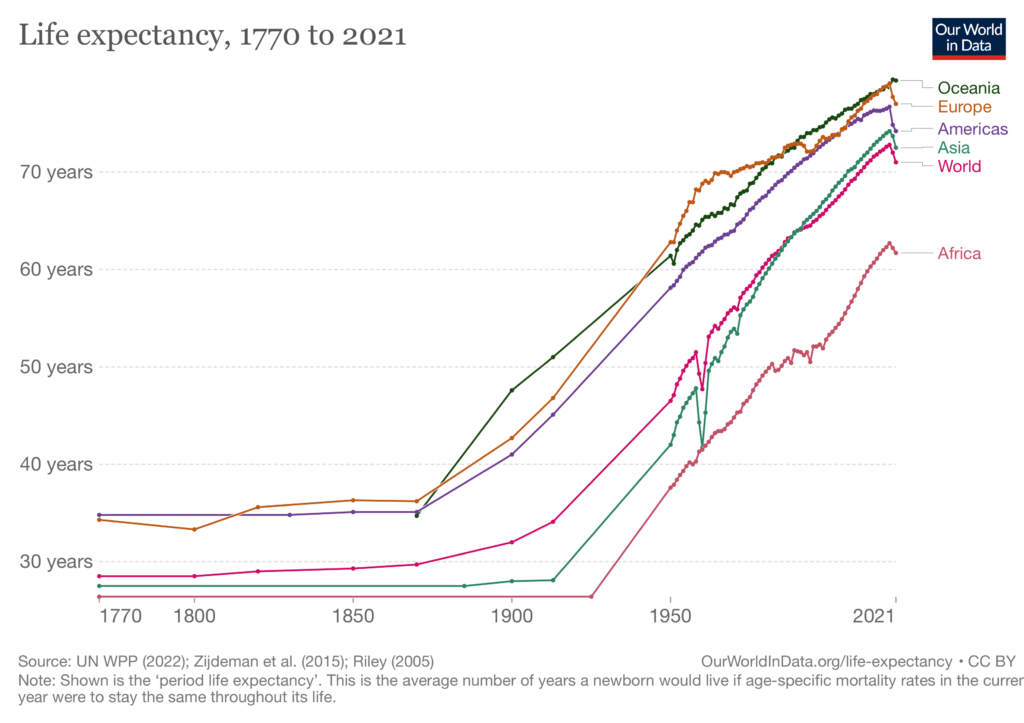

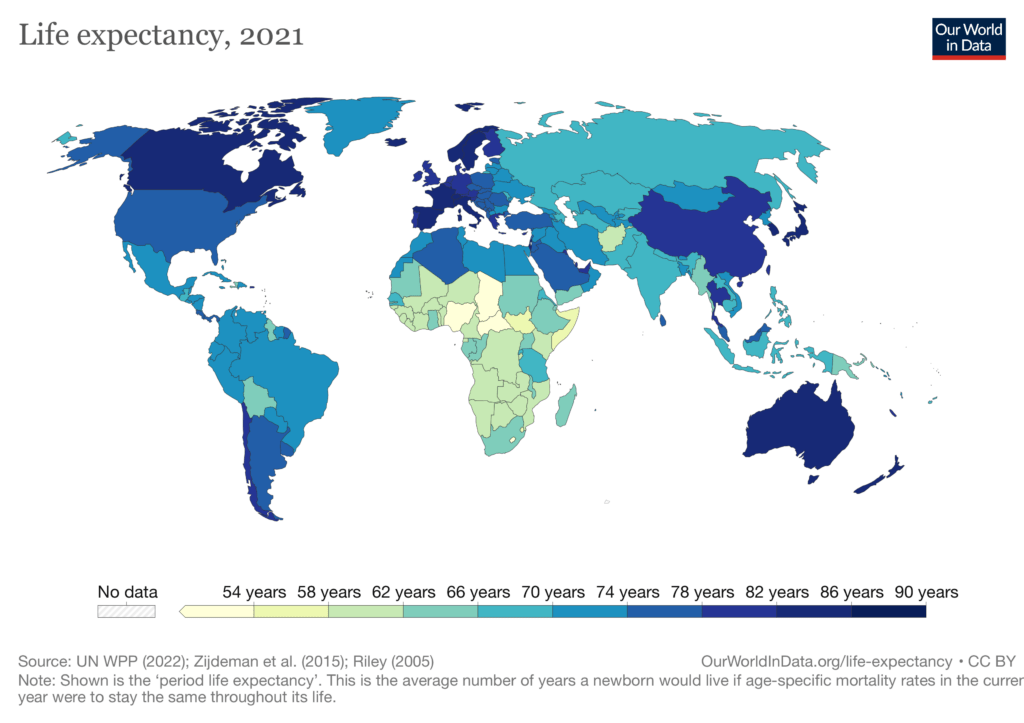
But you know that already!
The implications are an obvious increase in the number of people living to the age 100. A few years ago, I took a quick call for an interview with The Sun UK newspaper on longer life expectancy, taking on this topic.

The Sun sits behind a paywall, and the article isn’t available online, but I managed to dig out a copy. Click here for the Pdf!
100 not out; HOW YOUR BABY WILL REACH ITS CENTURY
by Dulcie Pearce,14 December 2013Around a third of children born today will reach the ripe old age of 100.
The Office for National Statistics has revealed that 39 percent of girls born in 2013 will celebrate their centenary — and the boys are not far behind at 30 percent. So if all goes well, they should be receiving their telegram from our future King George in 2113.
There are now 14,000 people in the UK who are 100 or over, compared with just 600 in 1961.
Deputy Sun Woman Editor Dulcie Pearce – with the help of futurist and trends expert Jim Carroll – looks at what our newborns face in their long lifetime.
HEALTH AND LIFESTYLE
11 – by this age our newborns are likely to have smoked
THE average life expectancy for a boy born today is 80 and 83 for a girl. They are very likely to try a cigarette by the age of 11 and have a one-in-six chance of becoming a smoker. The most common birth weight is 7lb 8oz for a boy and 7lb 2oz for a girl.
Only 34 per cent of boys and 39 per cent of girls born in 2013 will be a healthy size in adult life.
The most common male cancer will be prostate, which now has a one-in-eight chance of developing. One in eight girls born today will be at risk of breast cancer.
Boys will have a one-in-four chance of breaking a bone from osteoporosis when they reach 50, and a girl will have a one-in-two chance. By the time they are between 40 and 70, more than half of the boys will have erectile dysfunction.
Jim says: “In the future, we will be able to work with DNA-based medicine, which does exist today. It will have a huge impact on the healthcare of the next generation. They will be able to look at the DNA of a baby born today and deal with the medical condition they have even before it is even making them ill.”
LOVE AND MARRIAGE
31 – when they are likely to have their first child
ON average, the babies of 2013 will have their first child at 31. That is two years later than their parents and five years later than their grandparents. They are most likely to get married at 33 – and the 2046 wedding will set them back an eye-watering £39,000.
Jim says: “Only one in four now live in heterosexual, two-parent families. As we know, the ‘conventional’ family no longer exists.” A baby born today is more likely to live with ” a partner for much longer in a relationship.”
£39,000.- cost of their wedding at age 33
DEBT
52 – age today’s tots will clear their student loans
THIS generation will be paying their student loan until they are 52 and their mortgage until 61.
Jim says: “A baby born today faces life in a world riddled with debt. But this will be an entrepreneurial generation. They are coming into a world where their parents are internet savvy. So they will be seeing job opportunities and work through fresh eyes. They will acclimatise to the debt and – sad as it might be – they will see it as part of life.”
61 – when the mortgage is finally paid off
JOB
70 – when their first pension payment is received
THESE babies will not pick up their first pension payment until the age of 70 – and go on to enjoy 30 years of retirement. Jim says: “They will almost definitely work in a job that we have never heard of or has yet to be created. I predict that 65 per cent of children born today will work in a job that does not even exist yet.”
“It is not far-fetched to say that they could be flying a plane from inside their house. We are living in an incredibly fast world and it will be an even faster one with the technology becoming even more advanced. ”
They are most likely to be self-employed. “Permanent jobs for companies are quickly becoming a thing of the past and they will soon become extinct. These children born today will either be working for themselves or working on short-term employment contracts.”
65 per cent – will be working in job that does not yet exist
Payback of longer lives
SUN Doctor Carol Cooper says: “Around half of today’s babies could live to 100 and beyond if the trend carries on.” Longer lives may mean more opportunities, but there are more challenges. Obesity and type 2 diabetes rates are skyrocketing.
“Over 65, around one in 20 will have dementia, but numbers may treble. There has been a sea change in cancer treatments and there’ll be many advances. More people live alone … life might not only be long, but lonely too.”
Wow! I’m gonna get a telegram from King George!
What leads to longer life expectancy? 80% of our future health depends on how we live, and not on our DNA!
The study analyzed 34 years of data on more than 100,000 adults to see if there is a correlation between healthy habits and the three chronic conditions. Researchers found women who maintained at least four of the five healthy habits by the age of 50 lived an average of 34.4 more years free of chronic conditions, while women who did not adopt the healthy habits lived an average of only 23.7 additional years – a difference of more than a decade.
The findings were similar in men. Men who adopted at least four of the five healthy habits by 50 lived an average of 31.1 more years without chronic conditions while men who did not live an average of only 23.5 years.
There’s nothing new here – you are already well acquainted with these facts.
What is alarming is the increasing number of people refusing to believe this reality.
Reversing Longevity
The sad fact is, many won’t enjoy this increase in life expectancy as a result of lifestyle disease, with a coinciding massive ramp-up in healthcare demand — driven by aging and lifestyle-based disease. The culprit? Obesity, hypertension, diabetes, and another avoidable disease. According to the Karolinska Institutet, Stockholm, “1.6 billion adults are overweight or obese worldwide and over 50 percent of adults in the US and Europe fit into this category.” This type of thing directly reduces longevity.
I began speaking about the reversal of life expectancy at conferences well over two decades ago. Going back to a presentation years ago, the insight is pretty stark. Consider the trends, using diabetes as an example:
- “The number of adults with diabetes worldwide has more than doubled since 1980 to 347 million, a far larger number than previously thought and one that suggests costs of treating the disease will also balloon.” Global diabetes epidemic balloons to 350 million, Reuters Health E-Line, June 27, 2011
(It’s interesting to note though, that the challenge with lifestyle disease isn’t restricted to the Western world; the statin (cholesterol) drug market in China, India other “BRIC” countries is set to grow at rates of up to 25% compounded per year. In other words, developing nations are soon to see the same lifestyle diseases which are currently sweeping through North America and Europe.)
Some basic maps put things in perspective, offered without commentary:

Back to Our World in Data, with a few charts that lay bare this reality:
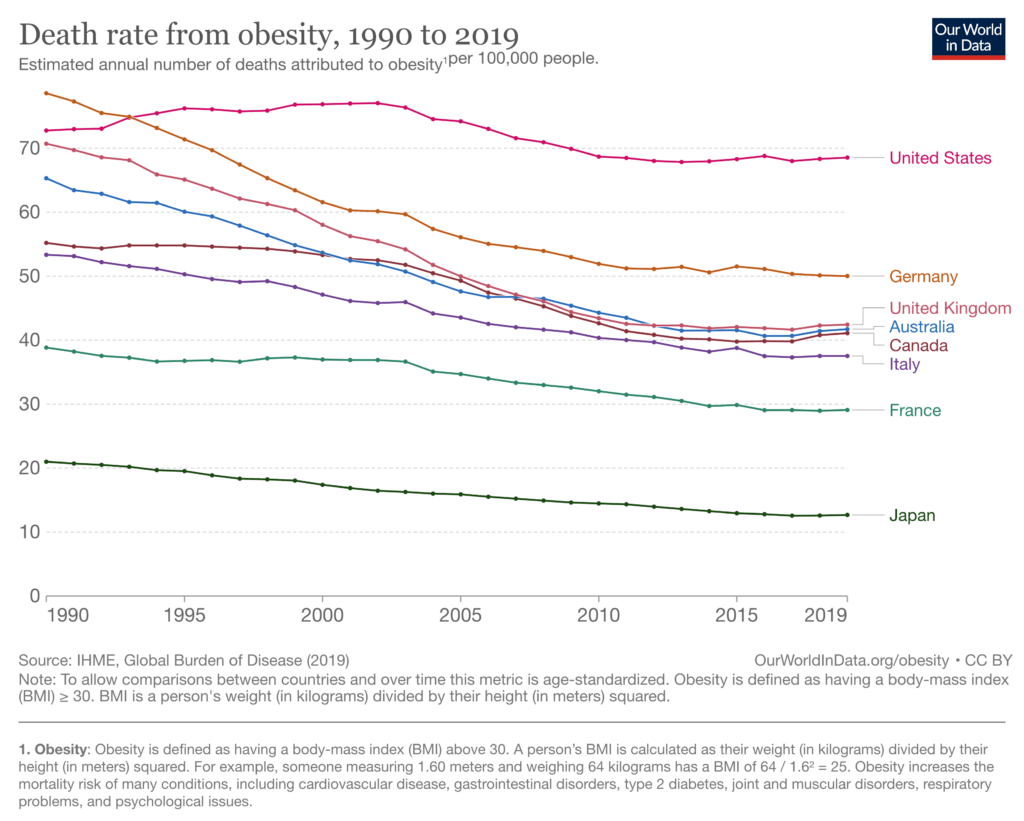
Bottom line? Society was already dealing with a decrease in longevity, driven by lifestyle disease, before a big curve ball was thrown its way.
I’ve often covered this on stage in terms of what I call ‘the expectation gap’; here are a few slides that cover the issue. First, the nature of the gap:

What’s the result? A decrease in longevity for a portion of the population, with ’60 becoming the new 70.’

Third, the reality disconnect. Consider this survey, which lies bare a simple reality: people think they can live an unhealthy lifestyle and somehow the healthcare system will simply scale to take care of them.
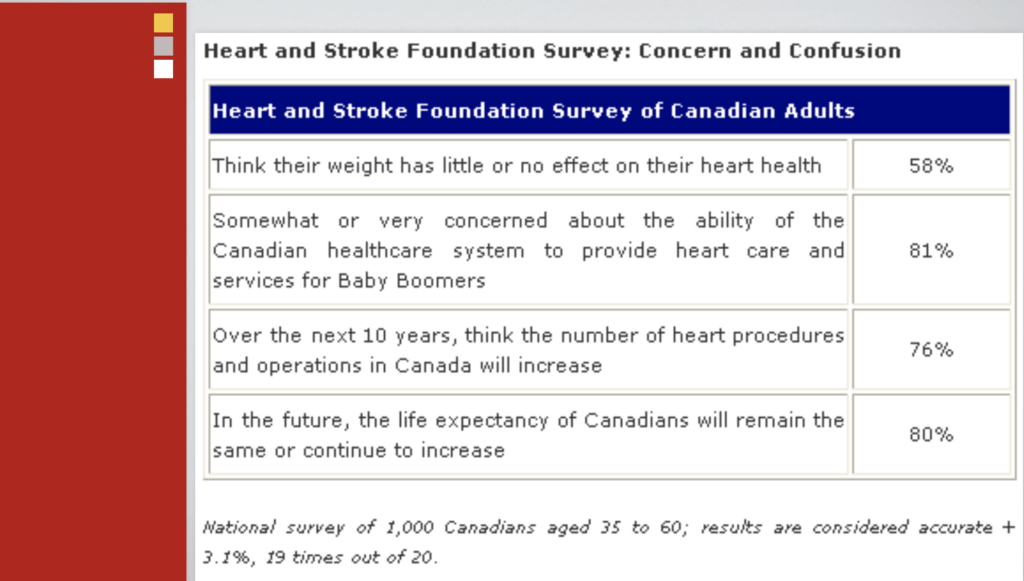
Want to know how bad it might get? Consider the explosion in childhood obesity
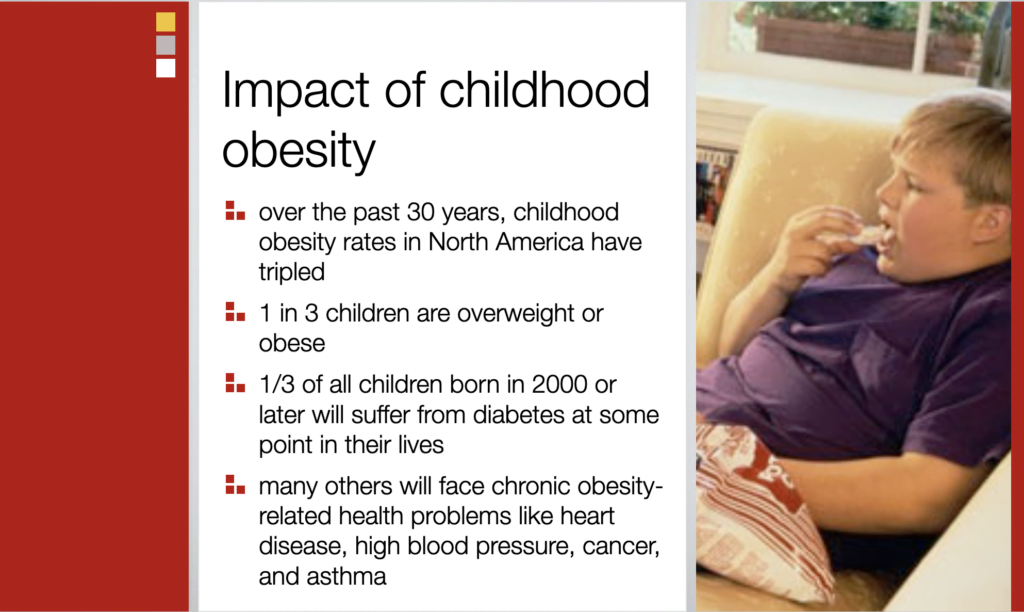
The result of all this is that for the very first time in a long time, we are seeing a real decline in life expectancy:

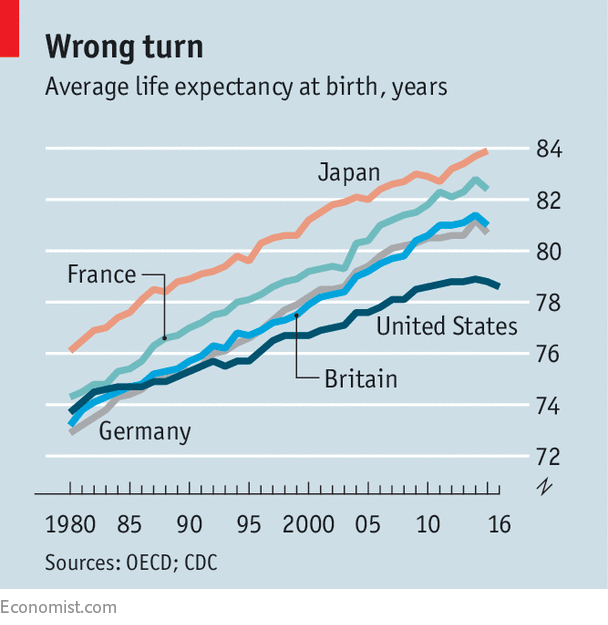

What’s the cause? Largely avoidable lifestyle disease. (I’m ignoring the socio-economic implications of that here.) This chart simply puts in perspective that those who don’t have those high-risk factors that reduce life expectancy live longer!)
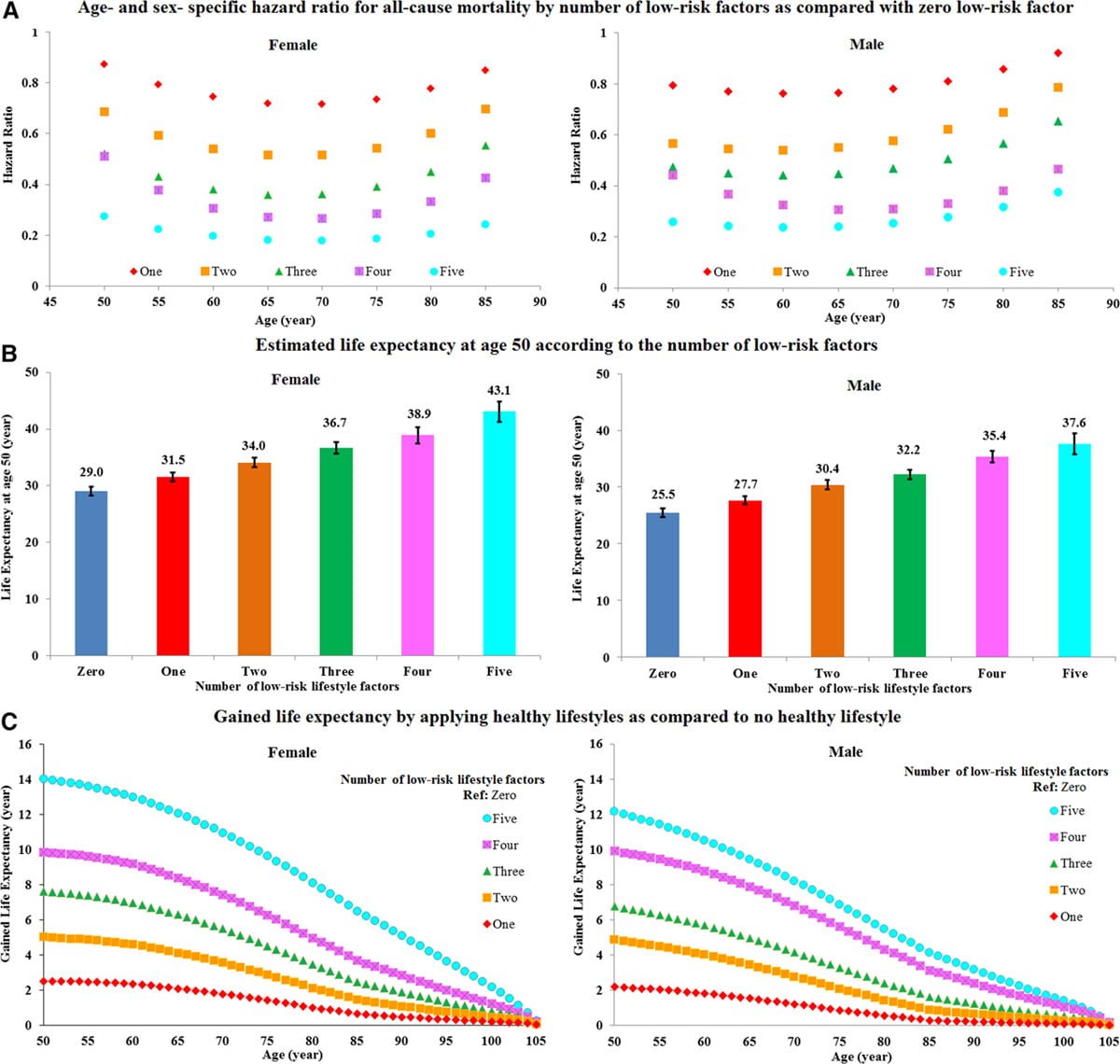
The Healthcare Reality Crisis
Enter Covid – what we have witnessed is an acceleration in a decrease in longevity as a result of denialism!
Back in 2017, I wrote a post about what I called ‘The Emerging Healthcare Reality Crisis,” taking on the issue of lifestyle disease and longevity, but also the increasing denialism when it comes to healthcare.
Here’s what I wrote:
Much of my work as a futurist is based on science, facts, research, and stuff that really isn’t up for debate.
So it was really quite sad yesterday to read the New York Times article yesterday, How the Anti-Vaxxers are Winning.
Clearly, there are vast sections of the population today who do not believe in science. They don’t believe in facts. They don’t believe in much other than what they want to believe in.
Their belief system will increasingly drive their attitude and understanding of their healthcare circumstances.
Going forward, this new reality will prove to be a tremendous challenge for the healthcare system.
Essentially, lots of people are going to succumb to lifestyle diseases — diabetes, heart disease, and obesity-related illness. They will refuse to accept the science-based fact that what they eat, how they live, and what they do (or don’t do) are directly responsible for their condition.
They will be fed information that will lead them to believe that it is not their fault. They will choose to read the information that absolves them of blame. The healthcare system will not have the funding, resources or money to deal with them.
Many will die an early death.
I try to be an optimistic futurist all the time, but on this issue, I am not, and I think the healthcare system needs to do some thinking on this issue.
In essence, in my blog post “The Emerging Healthcare Reality Crisis.” I predicted that an increasing number of people were turning their backs on established healthcare dogma, preferring to believe that a steady diet of obesity, high blood pressure, diabetes, and lifestyle would never have a negative impact on them. (Hint: um, it will!)
The global pandemic has led to a reality in which the situation has only become worse. I’ve tried my best to avoid posts about politics over the years when it comes to the future and innovation, but it has become over the last several months. What is unfolding right now with denial will have long-lasting implications – from a longevity as well as an economic perspective. Society is split, and it’s pretty clear that in the long run, there will be winners and losers. Try and guess which states are the latter! (Hint: it’s not difficult.)
Here’s a simple scientific fact: with Covid, people who get vaxxed don’t die; and it’s unvaccinated who are ending up in hospitals, and who are dying or who end up with complex long-term health complications. That is not a conspiratorial plot – it’s reality.


What does this mean?
We were already seeing a decrease in longevity pre-Covid. Now, with healthcare denialism driven faster by the pandemic, we will see the trend accelerate.
The Economic Implications of Decreasing Longevity
This has BIG implications.
From a global perspective, there has been a shift underway in thinking as to how we deal with the significant challenges which are coming: worldwide, we are seeing a major new emphasis by health care providers, organizations, government, medical groups, and others to a philosophy that is shifting to a “preventative” approach as opposed to a reactive model when it comes to managing healthcare spending. That’s because the potential impact of the problem is massive in scope.
- “If policies do not change, six European countries— Belgium, France, Greece, Luxembourg, Slovenia, and Ukraine—will be devoting more than 30% of GDP to age-related spending by 2050.” “Old age tension,” Economist Magazine, Oct 2010
What makes the challenge difficult is that there is an ever-decreasing workforce that will be there to fund the increased healthcare spending:
- the ratio of workers to retirees in the Western world is about 5.2 to 1 now
- in some countries, this will drop to 2.6 to 1 within a decade
- the immigration outflow in some countries (i.e. Ireland) exacerbates the problem
There is a similar challenge in scope with age-related diseases such as Alzheimer’s and dementia:
- the number of patients with dementia / Alzheimer’s is set to double to 66 million by 2030 – and to 115 million by 2050!
- that will require an estimated $604 billion a year in treatment — it’s set to triple by 2050!
- that means spending here will go from 1% of global GDP today, to 3% of global GDP by 2050
The World Economic Forum posits that the global economic impact of the five leading chronic diseases — cancer, diabetes, mental illness, heart disease, and respiratory disease — could reach $47 trillion over the next 20 years. Clearly, the world needs some big bold initiatives. The result is active programs to increase longevity through better lifestyle management, focused, for example, on wellness and lifestyle; behavior-oriented payment policies; and aggressive public/private efforts for lifestyle modification.
What is also happening is a recognition that earlier screening for lifestyle and age-related diseases can have a massive impact on the overall cost of dealing with the scope challenge:
- “Identifying dementia early can cut the cost of care by nearly 30 percent … routine screening that identified patients with early signs of dementia helped cut average healthcare costs by nearly $2,000 per patient in the first year, often by eliminating money spent on unnecessary tests and treatments.” Early diagnosis can cut Alzheimer’s costs, Reuters Health E-Line, July 2010
The key issue as we go forward: where there is a crisis, there is an opportunity for innovative thinking. We are in a period of time that involves tremendous challenges; and yet, when we step back 10 or 20 years from now, we will see a number of organizations that stepped up to the challenge and pursued some pretty bold concepts and ideas, all of which led to a continued increase in longevity – for those who choose to participate.
Regions Opting Out
Certain regions will be hurt, significantly, by the longevity divide and the healthcare reality crisis.
Simply put, as some people live longer, the demand for the healthcare system grows. At the same time, as other people live shorter lives, their lifestyle-driven disease will place significant and onerous demands on the same healthcare system. The longevity divide leads to, ironically, an overall massive increase in healthcare spending.
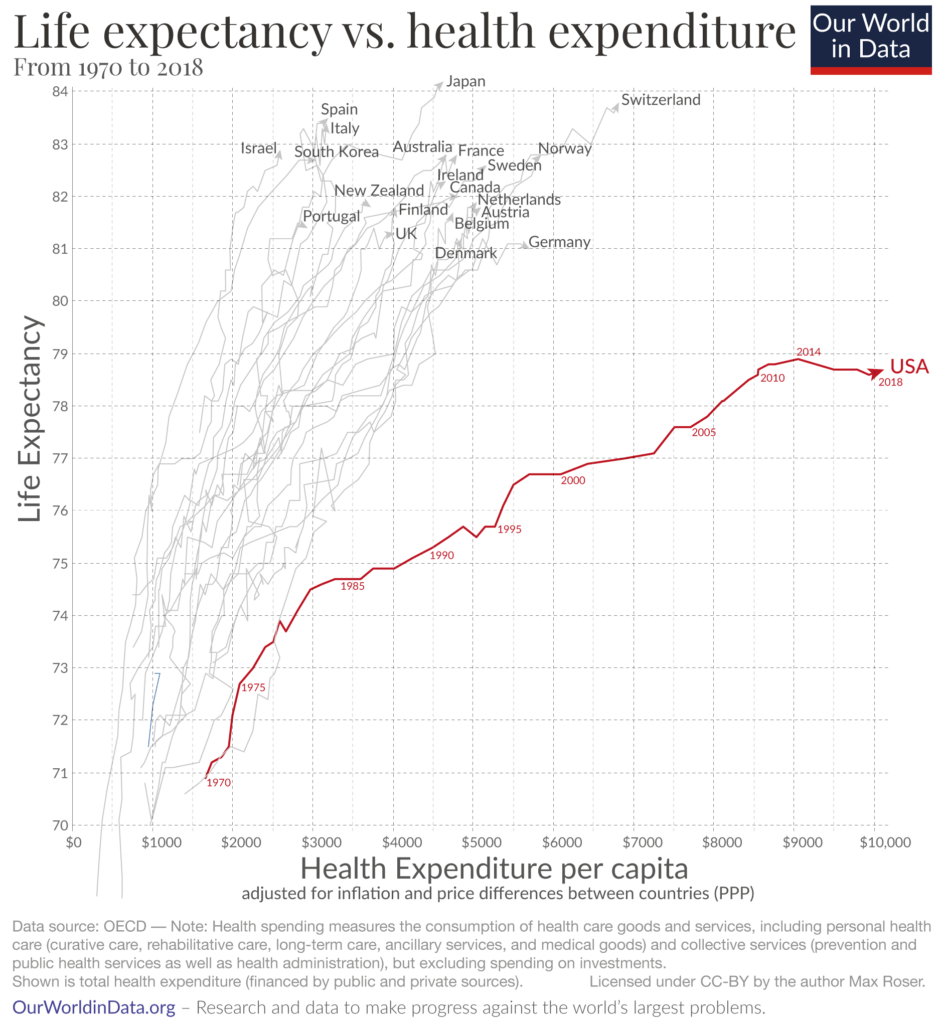
Here’s a pop quiz – what does the economic future look like for regions like Alabama, Mississippi, Missouri, and Arkansas, where denialism is prevalent? For quite some time, I’ve been taking on the trend of what happens to those regions. What happens when a region turns its back on the future? Economic decline happens slowly and then, all at once. We aren’t seeing any real negativity yet, because we are in the halcyon days of anti-science political populism. Hey Florida! Fun times! Long term? LOL!
With that in mind, here’s what I think will happen, and what will become more apparent in 2023, just from a healthcare perspective.
- over time, these regions see a significant increase in healthcare, education, and other societal costs. Quite simply, it will become difficult to staff up regions that are anti-future.
- healthcare workers, teachers, and science and research professionals themselves will be hesitant to include such regions on their list of potential recruitment locations – what doctor wants to go to work in a region in which a majority of people think that healthcare science is a fake thing, or where they might be arrested for living up to the Hippocratic oath? How many teachers want to build a carer in a region in which politicians attack them for simply doing their job?
- other professional workers will drop such regions from their list of future locations to establish a living. Who wants to raise a young family in an area that has a built-in, systemic failure at work?
- since these regions were already suffering excessive healthcare costs as a result of lifestyle diseases, this comes on top of an already strained healthcare system. It makes it worse going forward.
- conferences, trade shows, meetings, and events will be hit, as associations, trade groups and large-scale conference organizers drop these regions from their list for the future.
- future economic opportunity will likely be scaled back – regions with raging political volatility and irrational attacks on entire professions will be less attractive to companies seeking to locate new facilities, whether it be head office locations, manufacturing facilities, logistics operations, or other investments
- the brand image of such a region as a place for business investment going forward takes a major hit – “We’re full of crazy people, build your business here!” is not much of a draw
- accelerated business volatility – uncertainty from so many different perspectives, as political agendas come to twist and turn and challenge and deviate any sense of economic reliability going forward
- reduced government revenue as a result of these economic drawbacks, which makes less money available for healthcare, education, infrastructure, and other critical investment, which causes an ongoing vicious circle
It’s pretty clear that the trend we will see in the future is that future denialism carries a price.
Are leadership teams starting to notice the risk? Definitely! I spoke about this issue in this recent manufacturing podcast – and it was interesting, that this particular issue REALLY drew the attention of the two fellows interviewing me, senior executives in the manufacturing space.


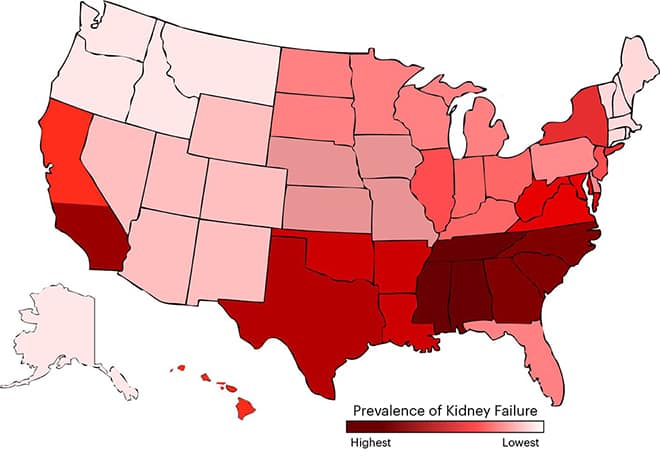
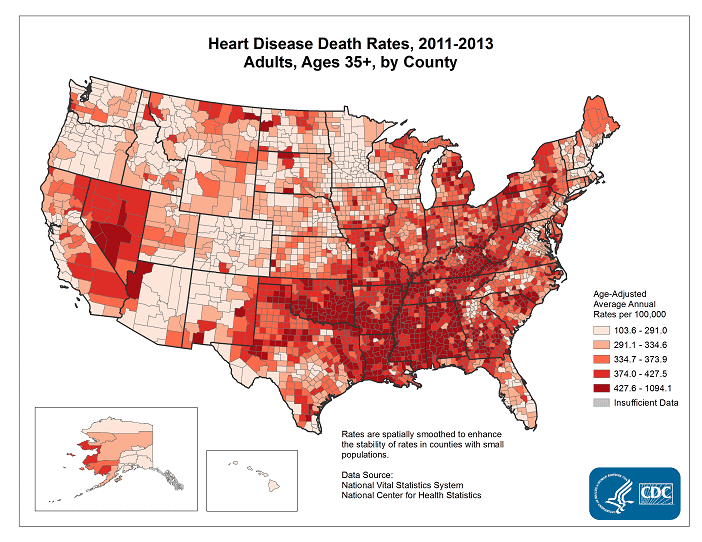

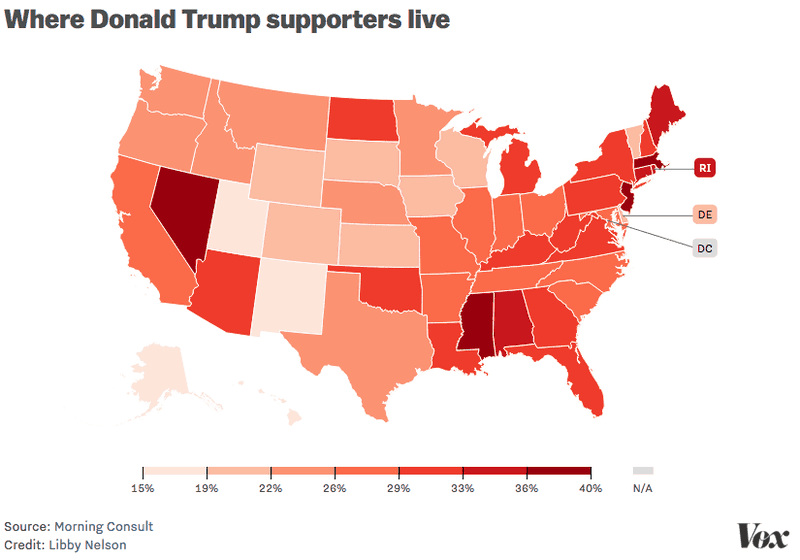


GET IN TOUCH
Jim's Facebook page
You'll find Jim's latest videos on Youtube
Mastodon. What's on Jim's mind? Check his feed!
LinkedIn - reach out to Jim for a professional connection!
Flickr! Get inspired! A massive archive of all of Jim's daily inspirational quotes!
Instagram - the home for Jim's motivational mind!